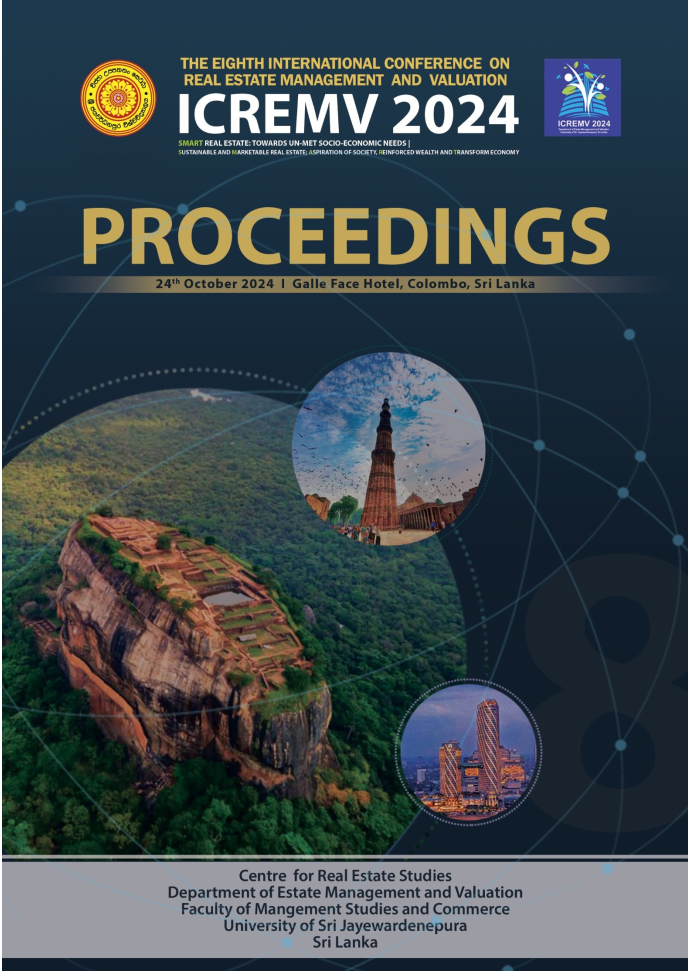Evaluating Predominant Construction Methods for Key Building Elements in Sri Lankan Residential Constructions
DOI:
https://doi.org/10.31357/icremv.v8.7989Keywords:
Houses, Construction method, Culture, UseAbstract
The residential construction industry in Sri Lanka demonstrates a clear preference for specific construction technologies and materials used in building. This study explores the Construction methods of Sri Lankan residential buildings, focusing on the cultural and economic importance of housing as a reflection of social status. The research examines key building elements such as roofs, walls, floors, and foundations, uncovering significant trends in material selection and construction methods. The findings reveal a strong preference for traditional masonry techniques in external and internal walls, as well as concrete floors, indicating a standardized approach to these core components. In contrast, roof and foundation types exhibit greater diversity, suggesting more flexibility in their construction. The study emphasizes the enduring influence of local practices and resource availability, offering insights into the construction landscape in Sri Lanka and its balance between tradition and modernity.


